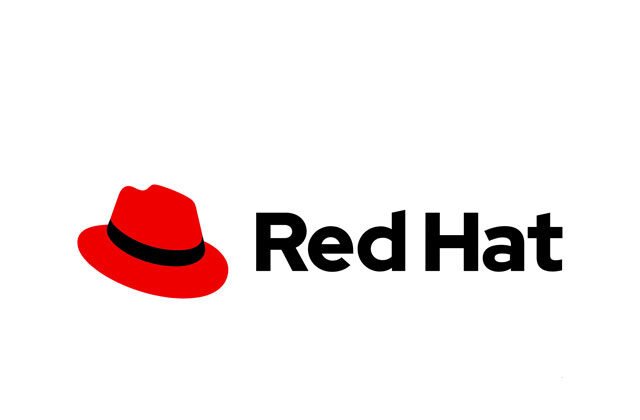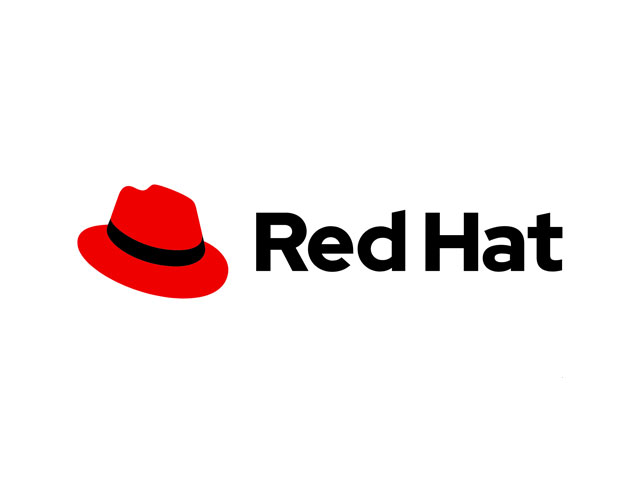Get started building skills to perform the key tasks needed to become a full-time Linux administrator.
Red Hat System Administration I (RH124) is designed for IT professionals without previous Linux system administration experience. The course provides students with Linux administration competence by focusing on core administration tasks. This course also provides a foundation for students who plan to become full-time Linux system administrators by introducing key command-line concepts and enterprise-level tools.
This course is the first of a two-course series that helps a computer professional without Linux system administration knowledge to become a fully capable Linux administrator. These concepts are further developed in the follow-on course, Red Hat System Administration II (RH134).
This course is based on Red Hat® Enterprise Linux 10.0.
SKILLS ASSESSMENT
Benefits of taking the course with us:
- Official Red Hat e-book
- Official Red Hat Hands-on Labs
Objetivos
- Introduce Linux and the Red Hat Enterprise Linux ecosystem.
- Run commands and view shell environments.
- Manage, organize, and secure files.
- Manage users, groups, and user security policies.
- Control and monitor systemd services.
- Configure remote access by using the web console and SSH.
- Configure network interfaces and settings.
- Manage software by using DNF.
Business Outcome Statement
- The administration, configuration, and rapid deployment of Red Hat Enterprise Linux is the foundation for efficient IT infrastructure. This course will build the foundation for new Linux system administrators to integrate Red Hat Enterprise Linux with other existing systems, manage user and group administration, use available storage solutions, and efficiently and securely resolve configuration issues..
Student Outcome Statement
- This course will help students learn the key tasks to become a full-time Linux system administrator. As a result of attending this course, students should be able to perform essential Linux system administration tasks, including installation, establishing network connectivity, managing physical storage, and basic security administration.
Destinatários
- System administrators, platform engineers, developers, and other IT professionals who have limited Red Hat Enterprise Linux experience but need to perform essential Linux administration tasks on a single server.
- This course is popular in RHA, and is targeted at the student who is planning to become a technical professional using Linux.
Programa
- Introduction to Red Hat Enterprise Linux
- Accessing the Command Line
- Getting Help from Local Documentation
- Registering Systems for Red Hat Support
- Getting AI-assisted Help with RHEL Lightspeed
- Navigating the File-system Hierarchy
- Managing Files from the Command Line
- Editing Text Files
- Redirecting Shell Input and Output
- Managing Local Users and Groups
- Controlling Access to Files
- Installing and Updating Software with RPM
- Installing and Updating Applications by Using Flatpak
- Accessing Removable Media
- Monitoring and Managing Linux Processes
- Controlling Services and Daemons
- Introduction to Networking
- Managing Network Configuration
- Configuring and Securing SSH
- Comprehensive Review
Introduction to Red Hat Enterprise Linux
- Define and explain the following concepts: open source, Linux, Linux distributions, and Red Hat Enterprise Linux.
Accessing the Command Line
- Log in to a Linux system and run simple commands by using the shell.
Getting Help from Local Documentation
- Resolve problems by using information in local help systems and documentation.
Registering Systems for Red Hat Support
- Register a system by using your Red Hat account to get support services and software that Red Hat provides.
Getting AI-assisted Help with RHEL Lightspeed
- Get AI-driven guidance and suggestions to efficiently manage a RHEL server by using Red Hat Enterprise Linux Lightspeed.
Navigating the File-system Hierarchy
- Describe the organization of files in the Linux file-system hierarchy and specify files by name, by using relative paths or absolute paths.
Managing Files from the Command Line
- Copy, move, create, delete, and organize files from the command line.
Editing Text Files
- Create, view, and edit text files from the command line.
Redirecting Shell Input and Output
- Redirect the output of commands and input to commands, by using Bash.
Managing Local Users and Groups
- Obtain superuser access to a system; create, manage, and delete local users and groups; and administer local password policies.
Controlling Access to Files
- Set standard permissions on files and interpret the security effects of different permission settings.
Installing and Updating Software with RPM
- Download, install, update, and manage software packages from Red Hat and DNF package repositories.
Installing and Updating Applications by Using Flatpak
- Install, upgrade, and use desktop software from the Red Hat Ecosystem Catalog by using Flatpak.
Accessing Removable Media
- Access file systems on removable media devices by mounting them on a directory in the file-system hierarchy.
Monitoring and Managing Linux Processes
- Investigate, control, and terminate processes that run on a Red Hat Enterprise Linux system.
Controlling Services and Daemons
- Control and monitor the system services and daemons that systemd starts.
Introduction to Networking
- Describe basic TCP/IP networking concepts and investigate the current network configuration and functionality on a server.
Managing Network Configuration
- Configure network interfaces and settings on Red Hat Enterprise Linux servers.
Configuring and Securing SSH
- Protect SSH communication by managing host keys and by implementing key-based authentication for users.
Comprehensive Review
- Practice skills learned in Red Hat System Administration I.


